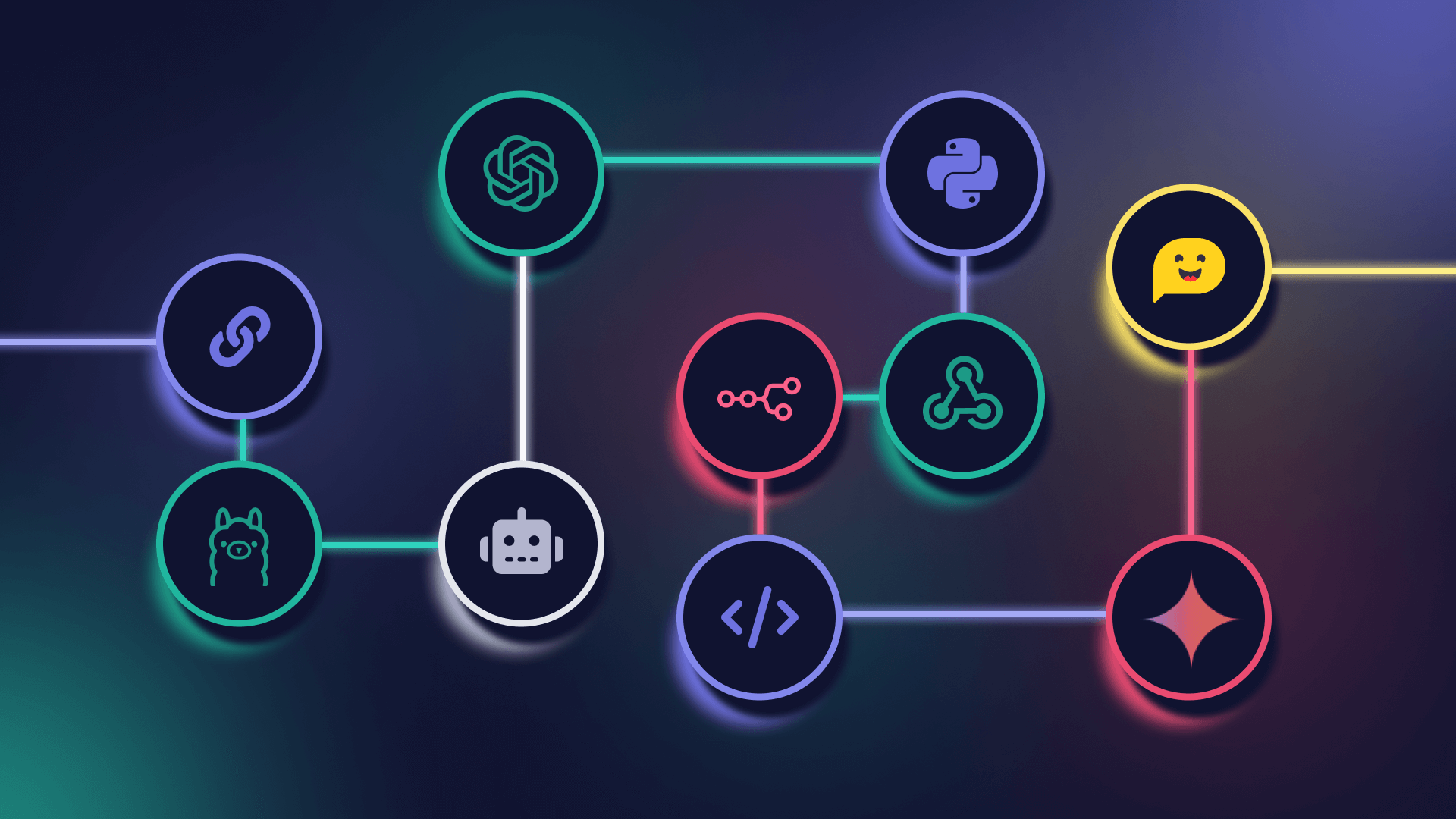
The Limitations of Human Trading
The cryptocurrency market never sleeps. Operating 24/7/365 across global exchanges, these markets generate millions of data points every minute—far beyond what any human trader can effectively process. Traditional trading approaches that rely on human intuition and basic technical analysis are increasingly becoming obsolete in this data-saturated environment.
Even the most dedicated traders face unavoidable biological constraints:
- The need for sleep (missing crucial market movements)
- Emotional decision-making (fear and greed affecting judgment)
- Limited information processing capacity
- Susceptibility to cognitive biases
These limitations create a substantial performance gap that sophisticated AI trading systems are now filling. The results speak for themselves: a recent study by the Blockchain Analytics Institute found that institutional-grade AI trading systems outperformed experienced human traders by an average of 37% over a 12-month period.
The AI Trading Revolution
Artificial intelligence isn't just enhancing cryptocurrency trading—it's fundamentally transforming it. Today's advanced AI systems leverage several sophisticated technologies:
1. Deep Learning for Pattern Recognition
Modern neural networks can identify complex patterns in market data that are invisible to human traders and traditional technical analysis. These systems analyze thousands of variables simultaneously, including:
- Price movements across multiple timeframes
- Trading volumes and liquidity depth
- Order book dynamics and market microstructure
- On-chain metrics and wallet movements
- Social sentiment and news events
By processing these diverse data streams, deep learning models can detect subtle correlations and predictive signals that provide a significant edge.
2. Natural Language Processing (NLP)
Cryptocurrency markets are heavily influenced by news, social media, and community sentiment. Advanced NLP algorithms now:
- Monitor Twitter, Reddit, Discord, and Telegram in real-time
- Analyze developer activity on GitHub
- Track regulatory announcements globally
- Assess sentiment in multiple languages simultaneously
This ability to quantify and analyze qualitative information allows AI systems to anticipate market movements triggered by information flows.
3. Reinforcement Learning for Adaptive Strategies
Unlike static trading algorithms, reinforcement learning systems continuously adapt to changing market conditions. These models:
- Learn optimal entry and exit points through millions of simulated trades
- Dynamically adjust risk parameters based on market volatility
- Optimize position sizing across diverse market environments
- Develop counter-intuitive strategies humans would rarely discover
Real-World AI Trading Success Stories
The impact of AI on cryptocurrency trading is already evident in several notable cases:
Quantitative Hedge Funds
Firms like Alameda Research, Jump Trading, and Renaissance Technologies have deployed sophisticated AI systems in cryptocurrency markets with remarkable results. Though these companies guard their specific methodologies closely, their consistent outperformance speaks to the effectiveness of their AI-driven approaches.
Retail Trading Platforms
Platforms such as TokenBot and CryptoHopper have democratized AI trading capabilities, allowing retail investors to leverage machine learning algorithms previously available only to institutions. Users of these platforms report significant improvements in performance compared to their manual trading results.
Market Making and Liquidity Provision
AI systems now dominate market-making activities, with algorithms providing 78% of all liquidity on major exchanges. These systems maintain tighter spreads and more consistent liquidity than human market makers ever could, benefiting the entire ecosystem.
Key Components of Successful AI Trading Systems
Building an effective AI trading system requires several critical components:
1. Robust Data Infrastructure
The foundation of any successful AI trading system is high-quality data. This requires:
- Direct exchange API connections with microsecond-level timestamp precision
- Clean, normalized historical data across multiple exchanges
- On-chain data from multiple blockchains
- Alternative data sources (social media, news, developer activity)
2. Feature Engineering Expertise
Raw data must be transformed into meaningful features that capture market dynamics. Effective feature engineering includes:
- Time-series transformations (momentum, volatility, mean reversion metrics)
- Liquidity and order book imbalance indicators
- Cross-market arbitrage opportunities
- Whale wallet movement tracking
3. Sophisticated Model Architecture
The most successful systems employ multiple specialized models working in concert:
- Market regime classification models
- Asset correlation models
- Volatility prediction models
- Entry/exit timing models
- Position sizing models
4. Rigorous Backtesting Framework
AI models must be validated against historical data with particular attention to:
- Look-ahead bias prevention
- Transaction cost modeling
- Realistic slippage simulation
- Market impact estimation
5. Risk Management Systems
Even the best predictive models require robust risk controls:
- Drawdown limits and circuit breakers
- Exposure limitations across assets
- Volatility-adjusted position sizing
- Black swan event protection
Common Pitfalls in AI Trading
Despite the promise, many AI trading projects fail due to avoidable mistakes:
Overfitting
The most common error is developing models that perform exceptionally well on historical data but fail in live markets. This typically occurs when:
- Training data is limited or of poor quality
- Models are too complex relative to the amount of training data
- Hyperparameter tuning is excessive
- Validation methodology is flawed
Ignoring Market Impact
Many backtests assume trades can be executed at historical prices, ignoring how larger orders move markets. Successful systems must account for:
- Order book depth at different price levels
- Dynamic slippage based on order size
- Market impact decay over time
Neglecting Regime Changes
Markets undergo fundamental shifts in behavior. AI systems must be designed to:
- Detect when market regimes change
- Adapt strategies accordingly
- Reduce exposure during uncertain transition periods
The Future of AI in Cryptocurrency Trading
As we look ahead, several emerging trends will shape the evolution of AI trading in crypto markets:
1. On-Chain AI
The next frontier involves deploying AI models directly on blockchains as smart contracts, enabling:
- Transparent, verifiable trading strategies
- Decentralized investment vehicles
- Strategy marketplaces with provable track records
2. Federated Learning
As data privacy concerns grow, federated learning approaches will allow:
- Collaborative model training without sharing sensitive data
- Participation from smaller market participants
- More diverse training data without centralization
3. Quantum Computing Applications
Though still experimental, quantum computing promises to revolutionize aspects of AI trading:
- Optimization of large portfolios
- More efficient risk calculations
- Novel encryption techniques for sensitive trading data
Getting Started with AI-Powered Trading
For those looking to leverage AI in their crypto trading, several approaches are possible:
For Developers and Data Scientists
- Start with public datasets from Kaggle or cryptocurrency data providers
- Build simple models focused on specific market inefficiencies
- Develop a rigorous backtesting framework
- Gradually increase complexity as you validate results
For Traders and Investors
- Explore platforms that provide AI trading capabilities
- Start with small allocations to test performance
- Focus on strategies that align with your risk tolerance
- Continuously monitor and evaluate results
For Institutional Players
- Invest in specialized talent across AI, finance, and blockchain domains
- Build proprietary data infrastructure and collection mechanisms
- Develop custom models tailored to specific market opportunities
- Implement comprehensive risk management frameworks
Conclusion: The Inevitable AI-Driven Future
The integration of AI into cryptocurrency trading isn't merely a competitive advantage—it's becoming a prerequisite for success in increasingly efficient markets. Human traders who resist this transition risk being left behind as AI-powered systems continue to capture alpha and compress margins.
However, this doesn't mean human expertise becomes irrelevant. The most successful approaches will combine AI's computational power with human strategic oversight and risk management. The future belongs to those who can effectively leverage both.
As explored in our comprehensive e-book AI-Powered Trading, mastering these technologies today positions you at the forefront of the next evolution in financial markets. The tools and knowledge are available—the question is who will seize the opportunity.
Dive Deeper: Get started with AI-Powered Trading.
Join the Conversation
What potential applications of AI-blockchain convergence are you most excited about? Share your thoughts in the comments below.
Sign up Back to Home

